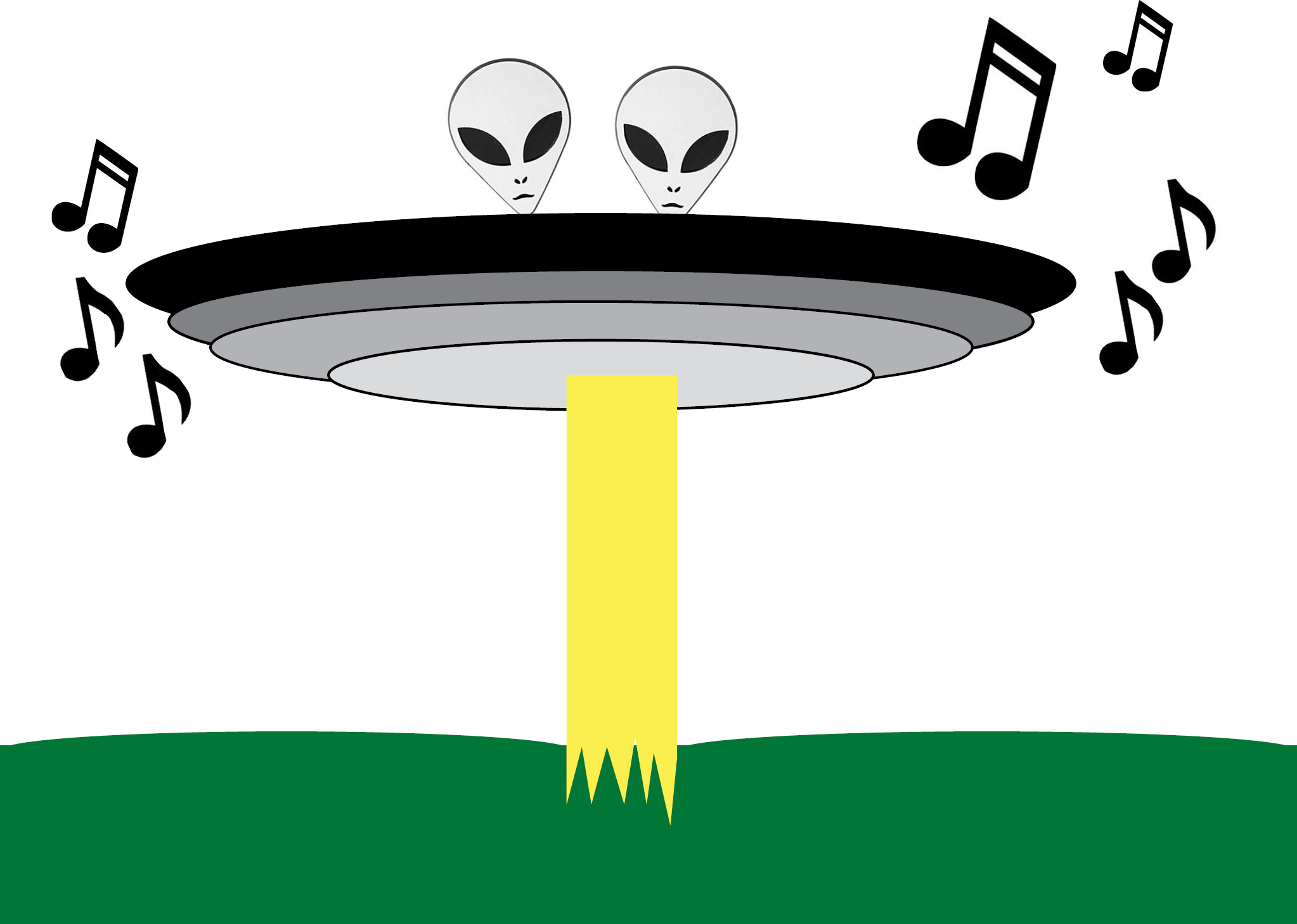Audiophile Product of the Year 2013 Prediction—Meridian Explorer DAC

Unless an alien spacecraft lands secretly somewhere near Cupertino, California between now and the end of the year to give new technology to the computer industry, the Meridian Explorer DAC is this year’s miracle audio product.
After you replace your earbuds with good headphones, the second most dramatic improvement you can make to the quality of the sound you get from your computer is to add a DAC. A DAC replaces the sound card in your computer with an external device that takes the 1’s and 0’s and converts it to an analog signal.
When you think about it, computers compete in the marketplace on quality and price to accommodate many needs. The sound card is not where most computer manufacturers put their money. If sound is important, the buyer adds good speakers or good headphones and a better sound card.
It would be safe to say that no audio technology has advanced more rapidly in the last few years than digital to analog conversion. Last year’s Stereophile magazine product of the year was the Audioquest Dragonfly. At under $200, this item that looks like a USB flash drive is an excellent DAC. However, there are some new kids on the block, most notably the Meridian Explorer DAC that came out in February, 2013.
The Meridian Explorer is priced at $300 and it is manufactured in England by the same company that is known for high end audio products. In fact, the Explorer is the least expensive thing the company makes. As of this writing, the Meridian Explorer is the only portable DAC that is capable of reproducing music that is recorded at 24 bit 192kHz.
You will notice an immediate improvement in sound quality with the Explorer right out of the box. However, after you burn it in for about 400 or 500 hours, the improvement in sound quality from your computer will be dramatic.
The Meridian Explorer is plug and play with the Apple operating system, but as of this writing Windows requires you to install the Meridian Driver. Meridian provides very clear directions and only the most technologically challenged will need more than ten minutes to get it working.
The Explorer is attached to any USB port on your computer and gets its power that way. It is asynchronous, which is what you need in a DAC to produce the high quality sound without jitter from digital sound. The Explorer comes with the connecting cable—USB to USB Mini–which is easily upgradable.
Meridian has included an S/PDIF digital optial output on the DAC. Theoretically you can connect it to your home audio system this way and use your system’s volume control. However, I haven’t tried it.
Throughout the process of building my headphone micro system I learned that there is no “perfect” or “best” component. The goal is to pick components that produce an objectively obvious improvement in sound quality from their competitors. If the improvement is subjectively subtle and the price jump from the “second best” competitor is significant—near double or more– I chose the “second best.” I also learned that the sound of each component changes subtly or dramatically when it is paired with other components and that every component needs to burn in for at least 200 hours before you can be sure that you are giving it a fair hearing. Finally, power supply, cords and connecting cables should be considered “components” and require the same attention and scrutiny.
